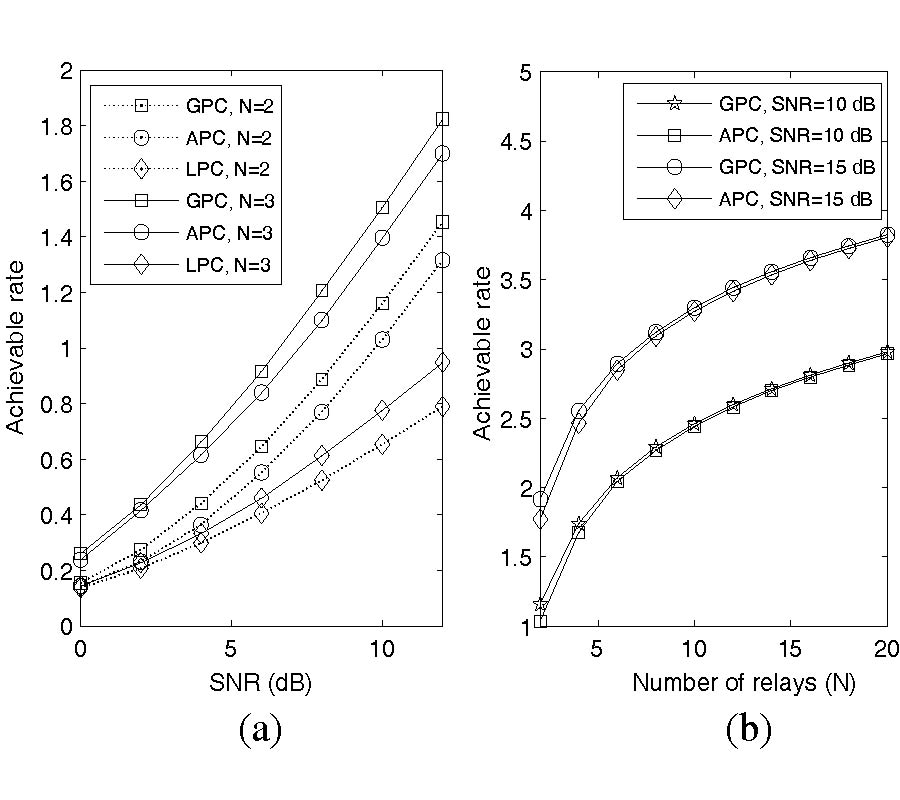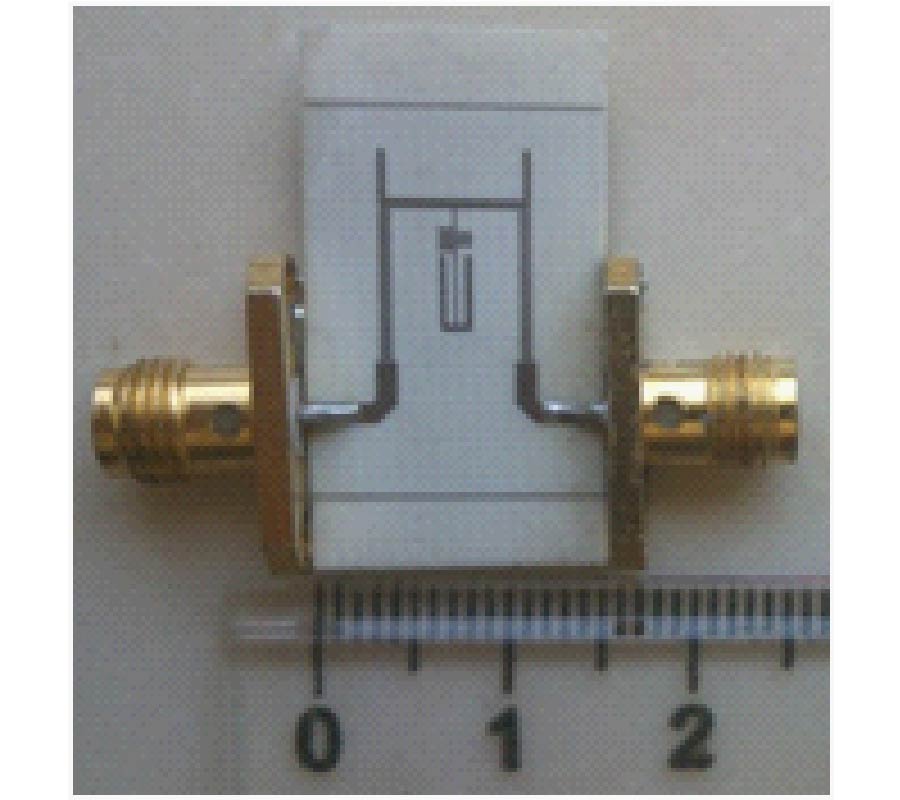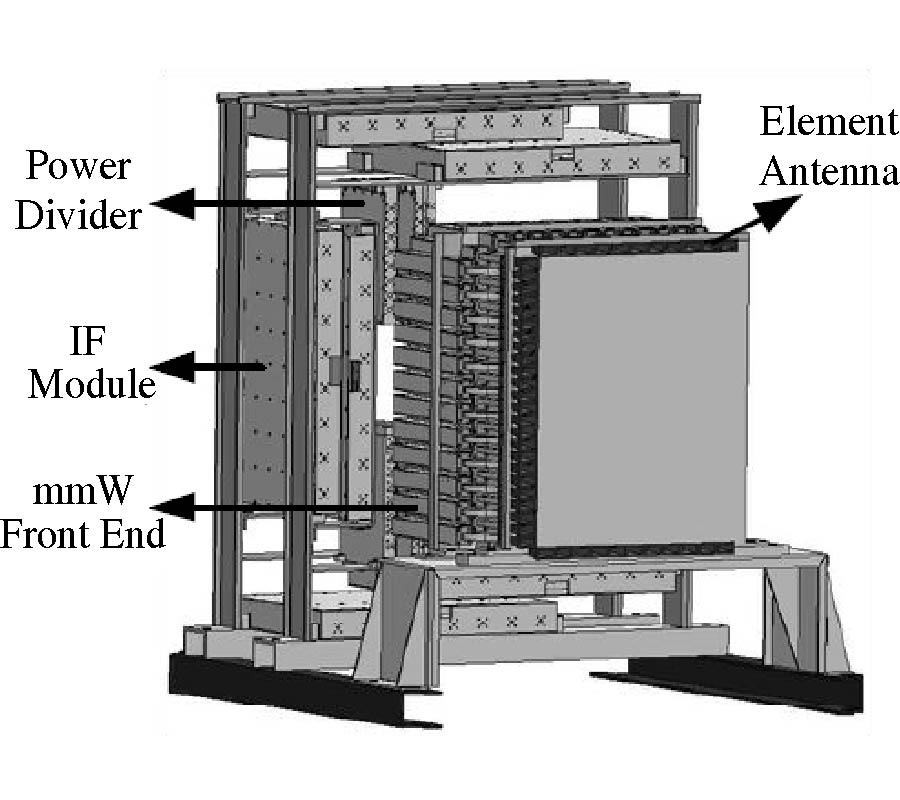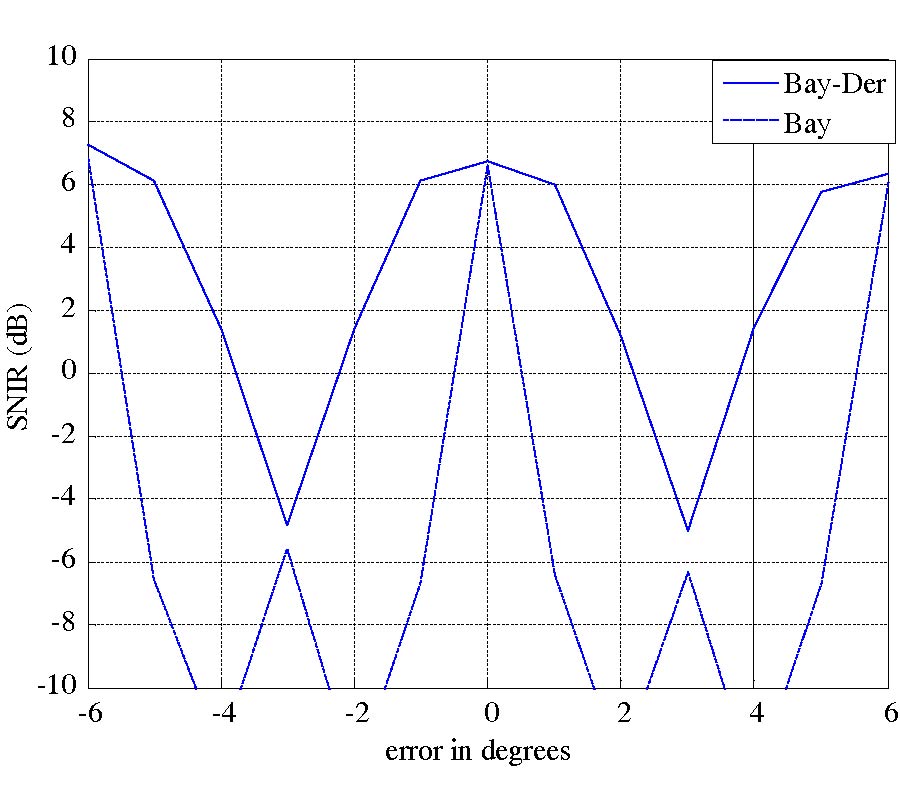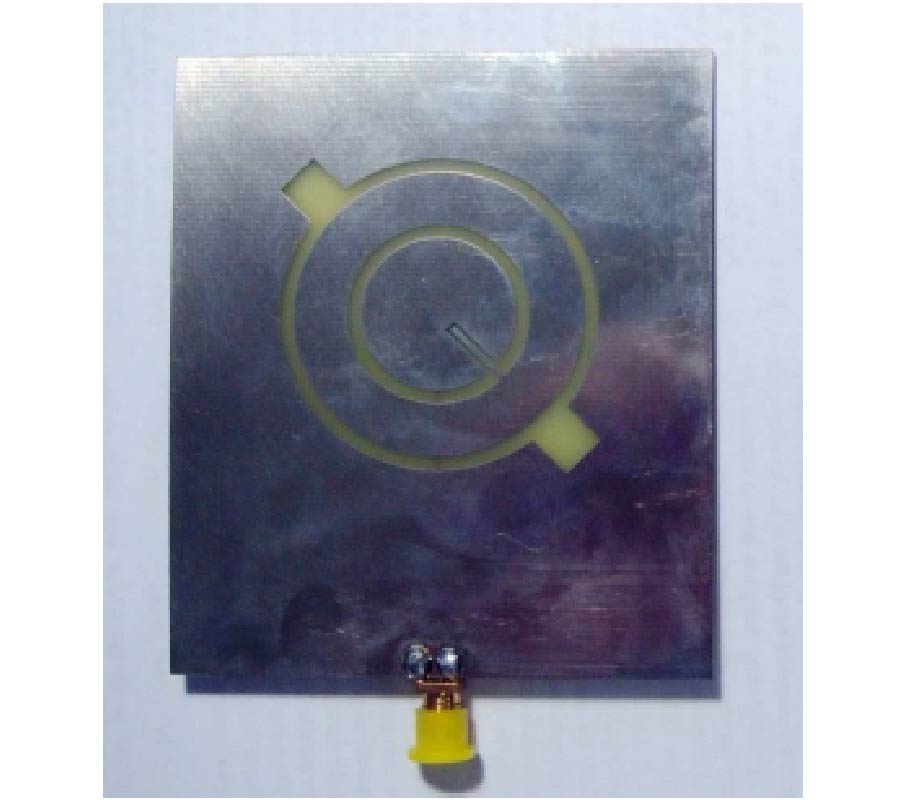Initial Results of a Passive Millimeter-Wave Imager Used for Concealed Weapon Detection Bhu-2D-U
Cheng Zheng,
Xianxun Yao,
Anyong Hu and
Jungang Miao
A passive millimeter-wave imager BHU-2D-U has been developed by Beihang University. This imager is designed for detecting concealed weapons on human body. It is a subsequent model of BHU-2D, which is also developed by the same group. In this paper, the improvements of BHU-2D-U over BHU-2D are introduced. Firstly, BHU-2D-U is used for whole body scan, which is different from BHU-2D. Thus, the field of view (FOV) of the new imager is enlarged and a new antenna array type is adopted. Secondly, the enlarged FOV requires smaller antenna spacing and compact receiver arrays. In order to reduce the volume of the receivers, I/Q demodulators operating in double side band mode are adopted because it does not need the image-reject filter, which is usually a bulky one. Thirdly, the quantity of the correlators increases because the number of receiving elements is doubled. To cope with the increase of the correlator quantity, a multiplexing technique is used in the FPGA internal layout of the correlator array unit. After a brief introduction, the system design and configuration is illustrated in detail. Finally, imaging experiments on a person with concealed weapon are conducted, by which the design and image reconstruction algorithms are verified. To conclude, initial results of BHU-2D-U have proved that the improvements are effective.




